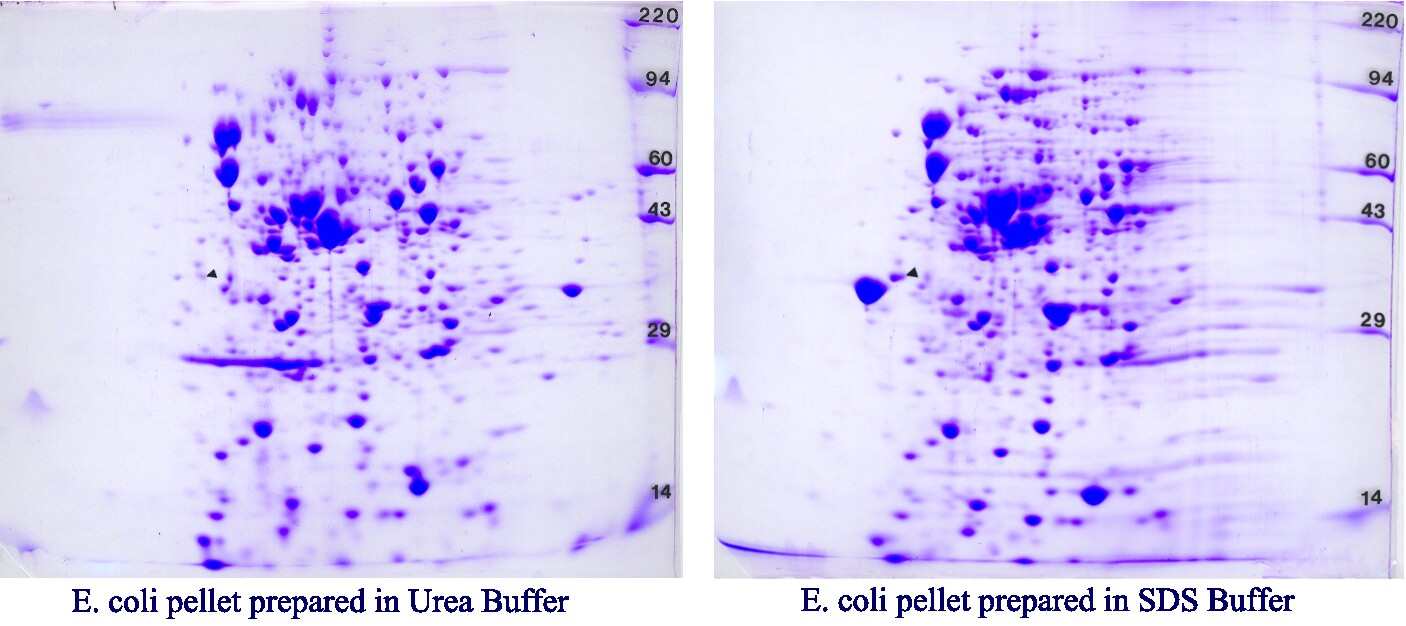Western blotting is a powerful technique widely used in molecular biology and protein research to detect and quantify specific proteins in complex mixtures. While it is a valuable tool, it can be challenging, even for experienced researchers. In this guide provided by Kendrick Labs, we will explore some of the common challenges encountered during Western blotting experiments involving proteins and provide actionable troubleshooting tips to help you overcome these hurdles.
Common Challenges
Insufficient Signal:
Challenge: Faint or undetectable protein bands on the Western blot.
Possible Causes:
Insufficient protein loaded onto the gel.
Low antibody binding efficiency.
Overexposure of the blot leading to signal saturation.
Poor quality or expired reagents.
High Background:
Challenge: Non-specific bands or a hazy background on the blot, which can obscure the target protein bands.
Possible Causes:
Inadequate blocking of the membrane.
High antibody concentrations leading to non-specific binding.
Incomplete washing steps.
Contaminated reagents or equipment.
Multiple Bands:
Challenge: Detection of multiple bands when you expect only one for your target protein.
Possible Causes:
Post-translational modifications or protein isoforms.
Cross-reactivity of antibodies with other proteins.
Incomplete protein transfer or gel issues.
Weak or Distorted Bands:
Challenge: Bands appear stretched, smudged, or irregularly shaped.
Possible Causes:
Overloading of the gel.
Incomplete protein transfer.
Uneven gel thickness.
Protein aggregation or degradation.
Noisy Signal:
Challenge: Signal appears noisy or spotty, making it challenging to accurately quantify protein bands.
Possible Causes:
Poor membrane quality.
Uneven distribution of antibodies.
Contaminated or degraded antibodies.
Insufficient washing.
Variable Results:
Challenge: Inconsistent results between replicates or experiments.
Possible Causes:
Inconsistent sample preparation.
Fluctuations in equipment performance.
Changes in environmental conditions.
Variation in antibody quality.
Troubleshooting Tips
Optimizing Protein Extraction:
Tip: Ensure proper protein extraction to improve the quality and quantity of your protein samples.
Action:
Use fresh and high-quality lysis buffers tailored to your protein of interest.
Include protease and phosphatase inhibitors to prevent protein degradation.
Confirm complete cell or tissue disruption through microscopic examination.
Sample Preparation:
Tip: Pay careful attention to sample preparation to avoid loading issues and protein degradation.
Action:
Quantify protein concentrations accurately to load equal amounts.
Denature proteins by boiling in Laemmli sample buffer with β-mercaptoethanol.
Consider using reducing agents to break down protein aggregates.
Gel Electrophoresis:
Tip: Ensure proper gel electrophoresis to achieve clear protein separation.
Action:
Use appropriate gel percentages based on the size of your target protein.
Run a protein ladder alongside your samples for accurate size estimation.
Maintain consistent voltage and running time for reproducible results.
Transfer Efficiency:
Tip: Ensure efficient protein transfer from the gel to the membrane.
Action:
Verify complete transfer by using a reversible protein stain on the gel before blotting.
Optimize transfer conditions, including voltage, time, and buffer composition.
Ensure no air bubbles or improper contact between gel and membrane.
Blocking:
Tip: Properly block the membrane to reduce non-specific binding.
Action:
Block with appropriate blocking agents (e.g., BSA, milk) for at least 1 hour at room temperature.
Use fresh blocking solutions.
Avoid excessive blocking, which can reduce the signal.
Antibody Selection:
Tip: Choose high-quality antibodies specific to your target protein.
Action:
Conduct antibody validation experiments.
Consider monoclonal antibodies for increased specificity.
Titrate antibodies to determine optimal working concentrations.
Washing Steps:
Tip: Implement thorough washing steps to remove unbound antibodies and reduce background.
Action:
Use an adequate volume of wash buffer for proper coverage.
Perform multiple washes with gentle agitation.
Be consistent in the duration and frequency of washes.
Imaging and Analysis:
Tip: Employ appropriate imaging and analysis techniques to ensure accurate quantification.
Action:
Capture images within the linear dynamic range of your imaging system.
Use a calibrated densitometer for quantification.
Normalize protein levels to loading controls or housekeeping proteins.
Reproducibility:
Tip: Focus on standardizing your protocols to improve reproducibility.
Action:
Document all steps, reagents, and conditions meticulously.
Maintain a detailed lab notebook.
Implement quality control measures for antibodies and reagents.
Troubleshooting Logs:
Tip: Keep detailed troubleshooting logs for recurrent issues.
Action:
Record the specific problem encountered, potential causes, and actions taken to resolve it.
Use this log to refine your protocols and share knowledge with colleagues.
Conclusion:
Western blotting is a valuable technique for protein analysis, but it comes with its share of challenges. By understanding these common issues and applying the troubleshooting tips provided, you can enhance the reliability and reproducibility of your Western blotting experiments involving proteins. Kendrick Labs is committed to supporting researchers in overcoming challenges in their protein research endeavors, and we encourage you to reach out for further guidance and assistance.
